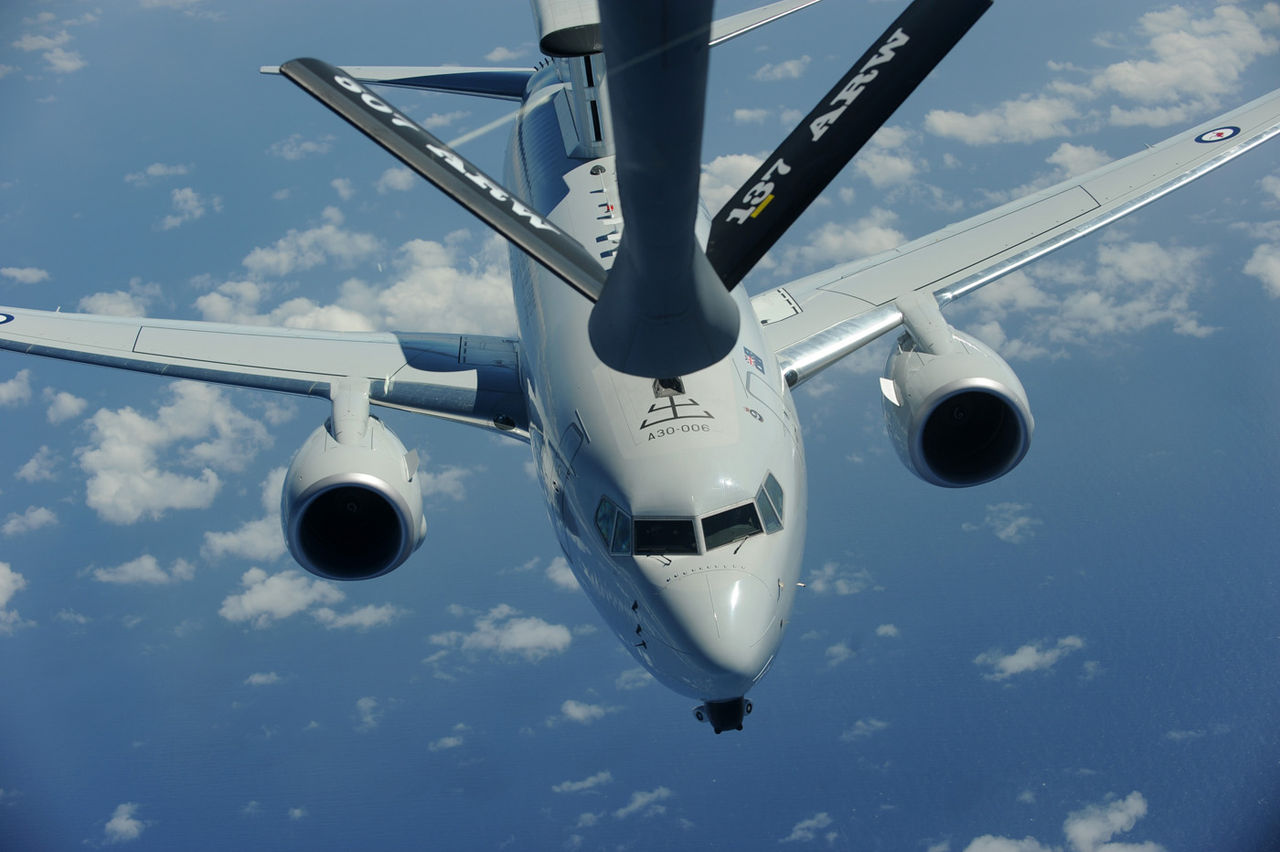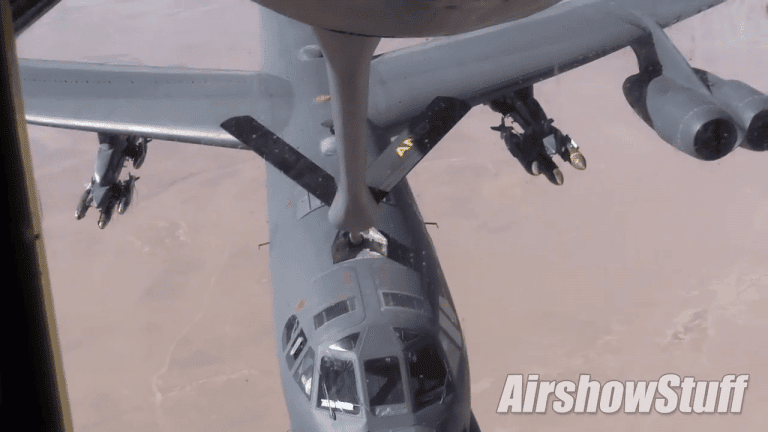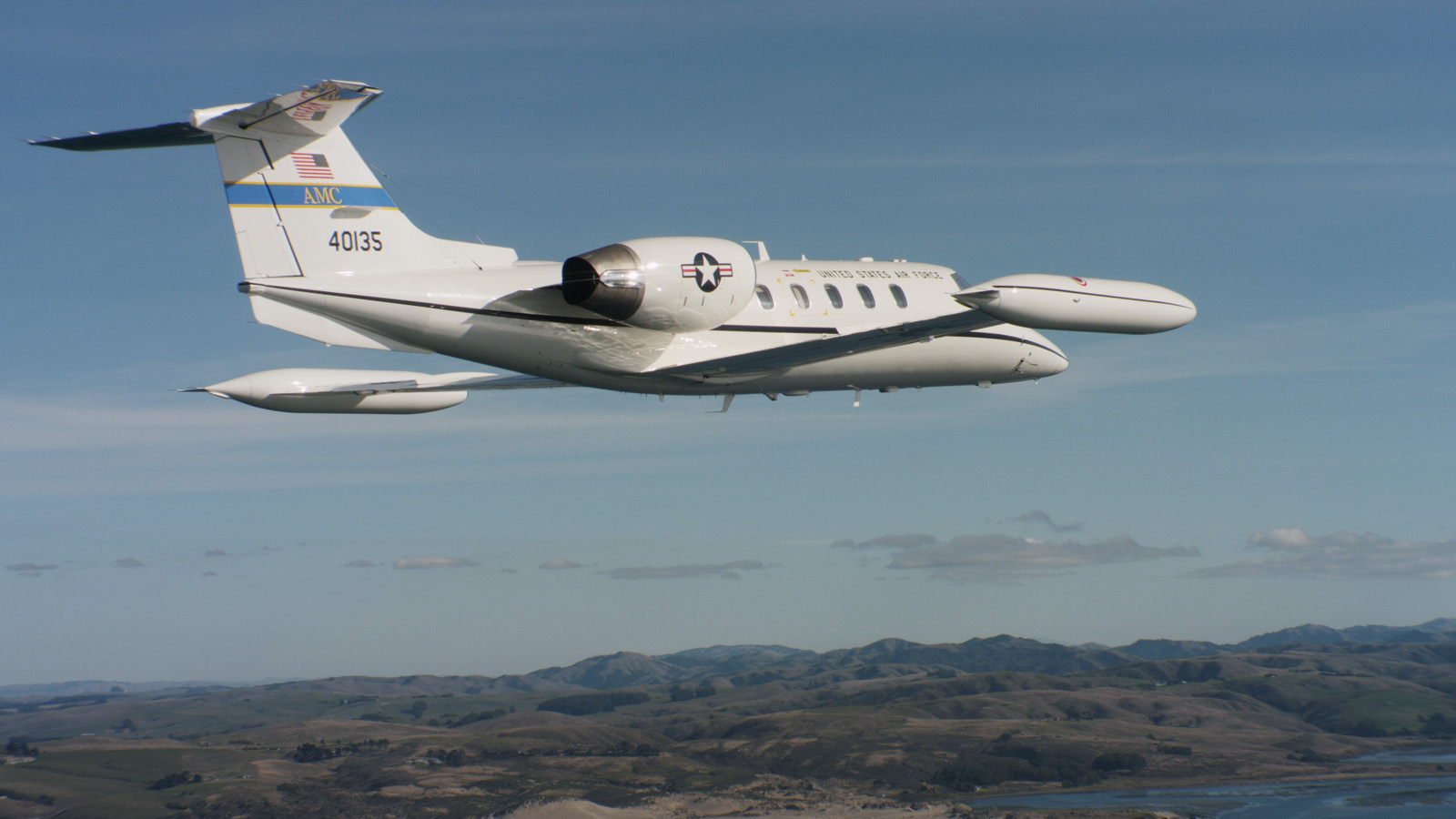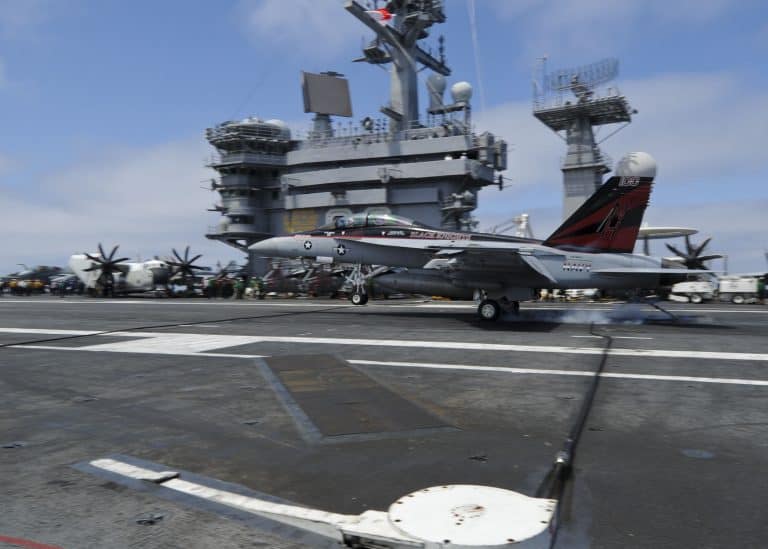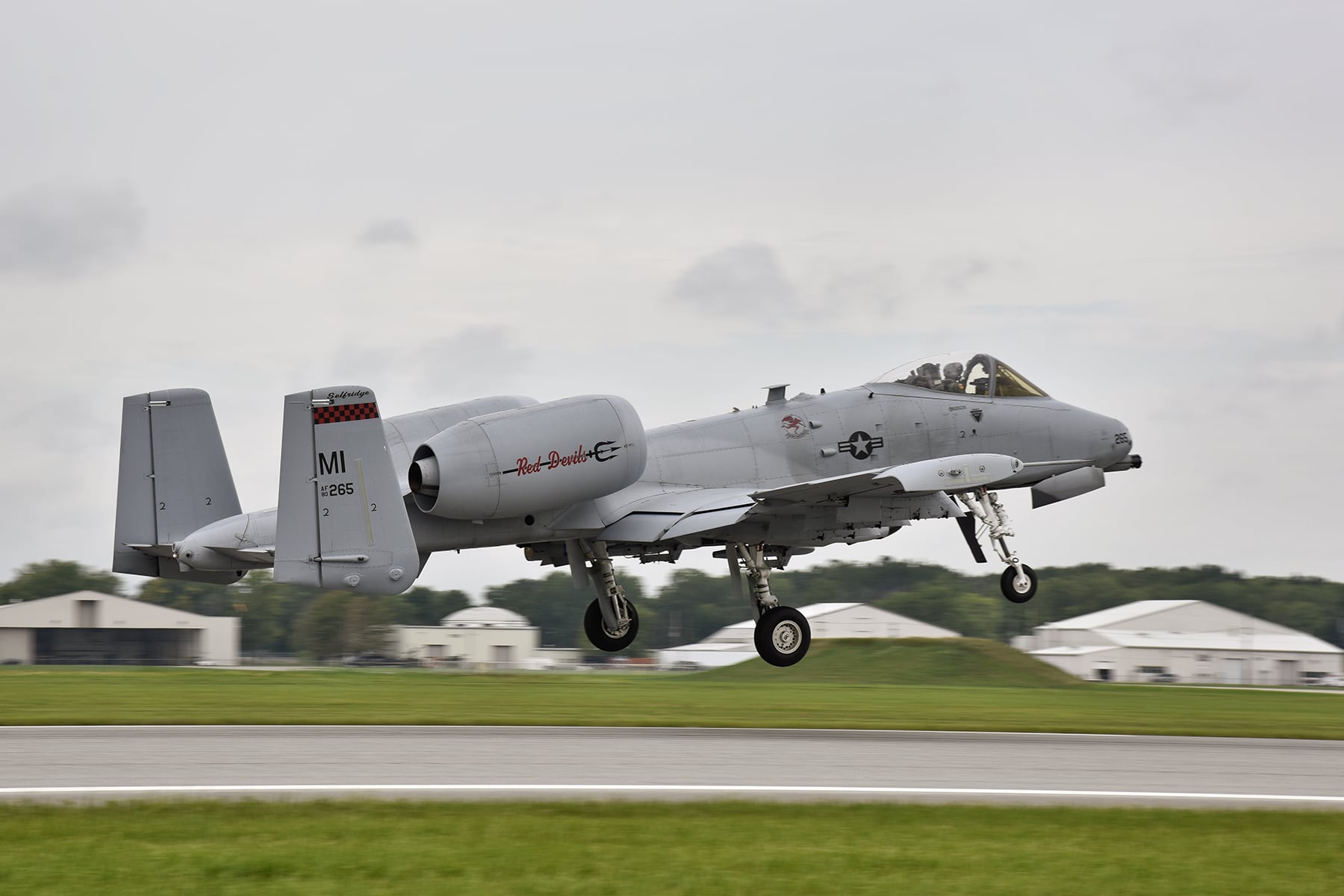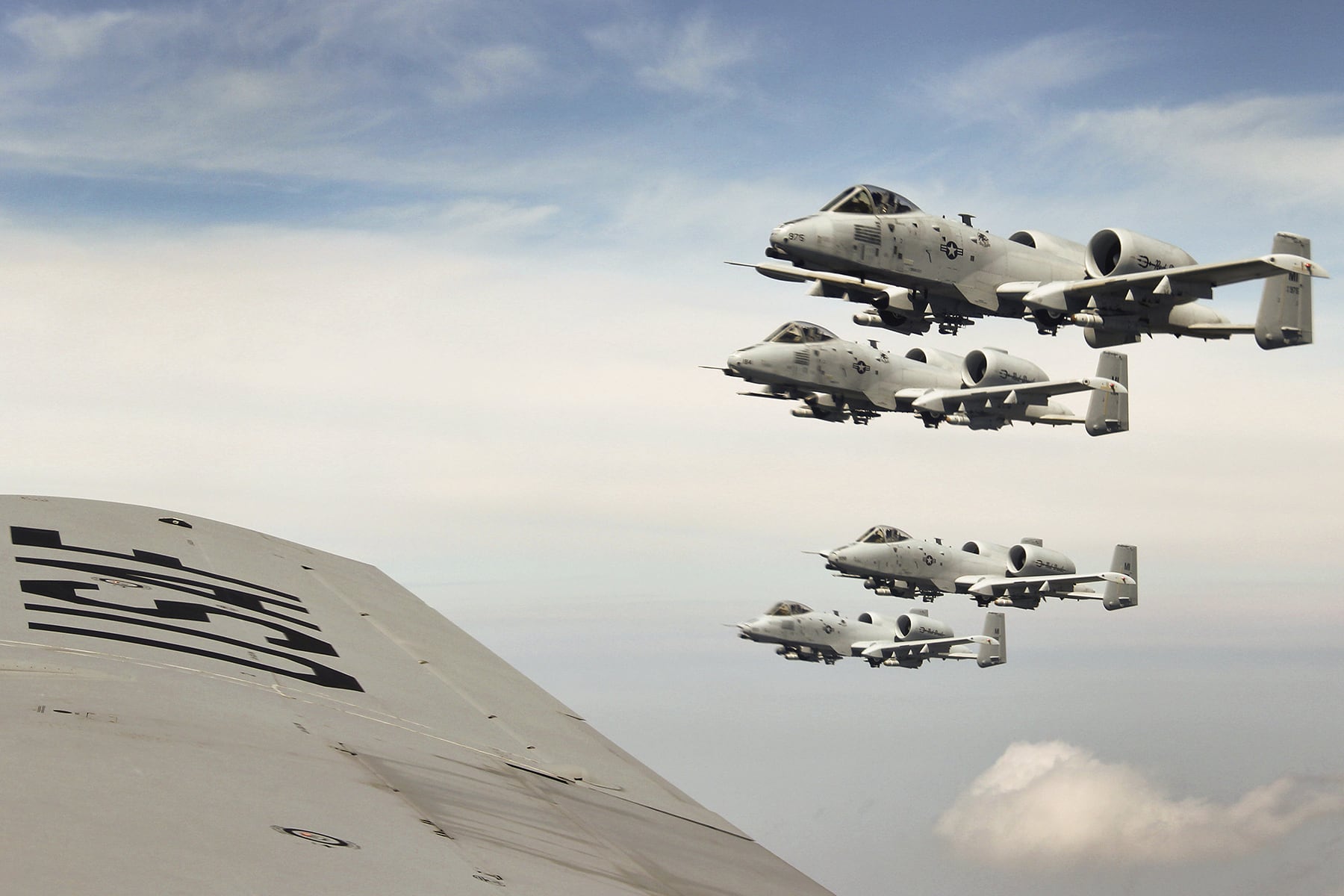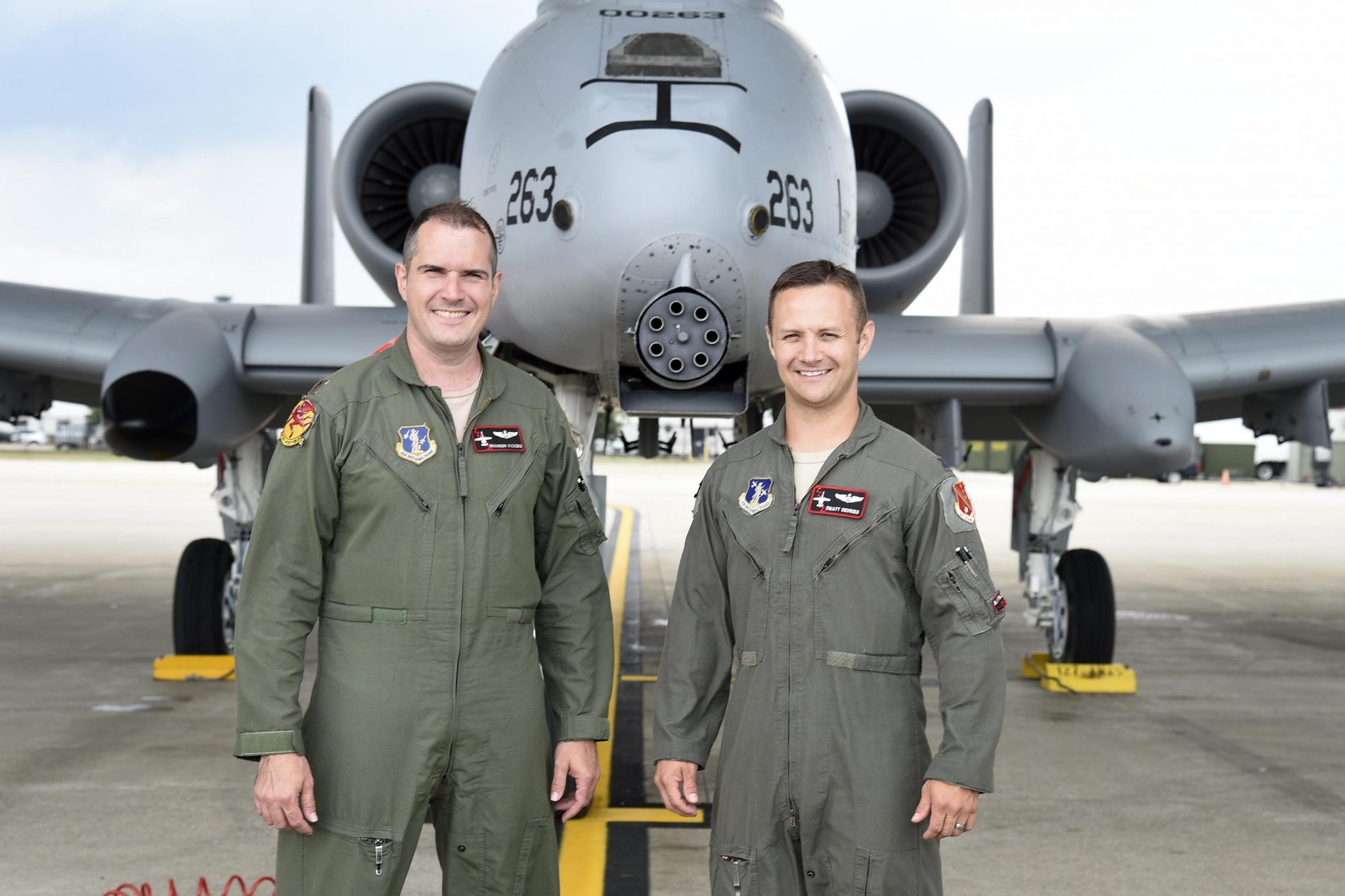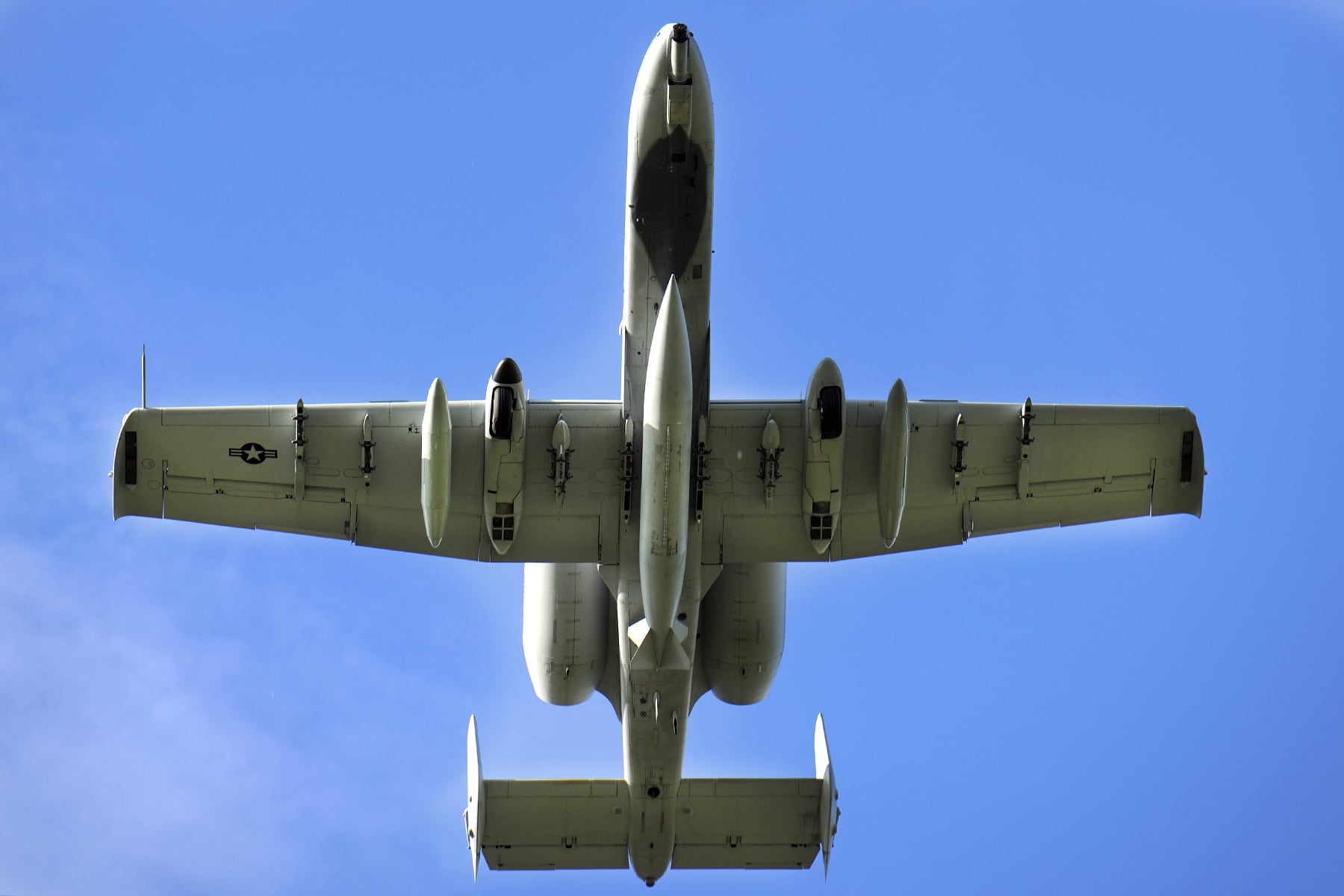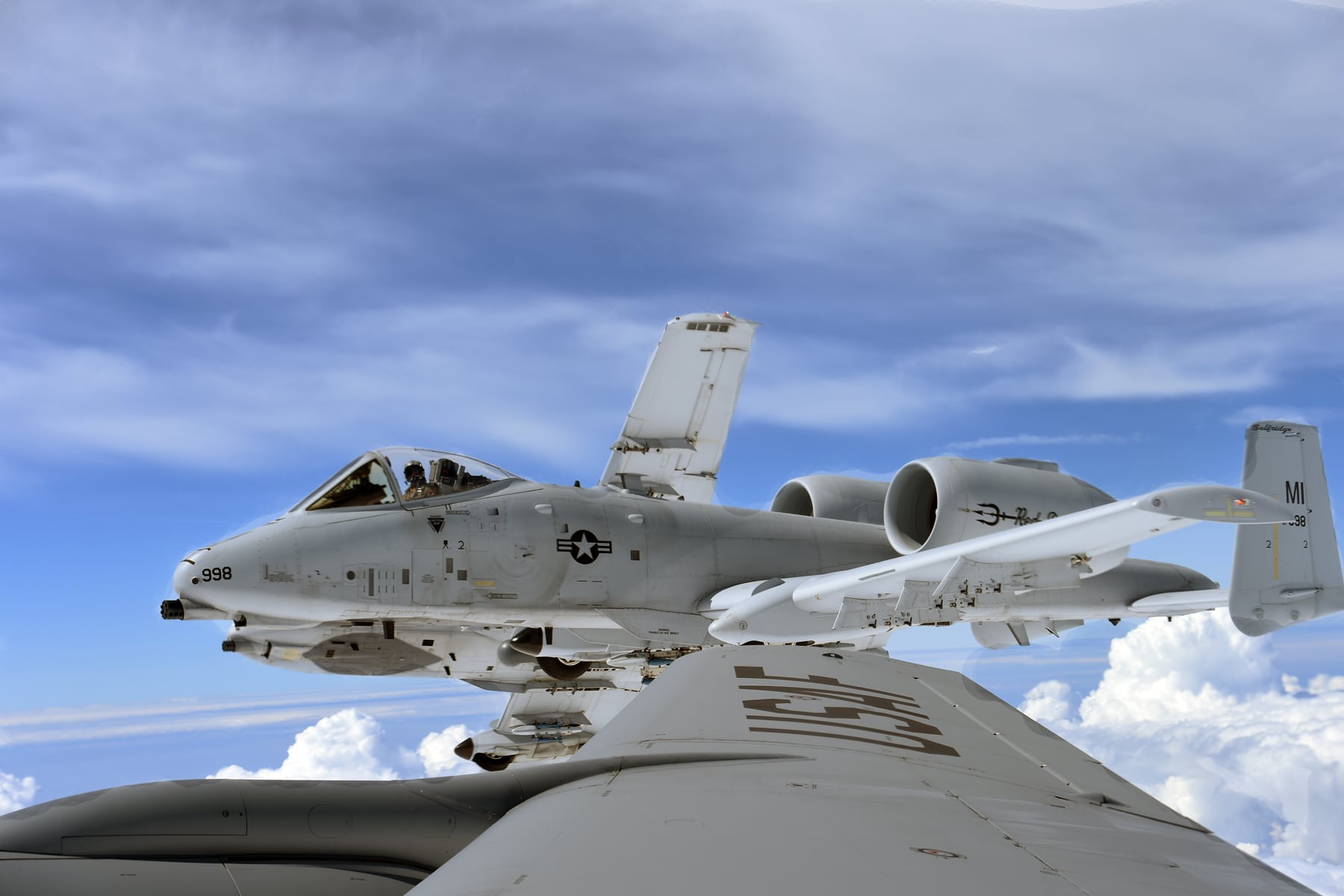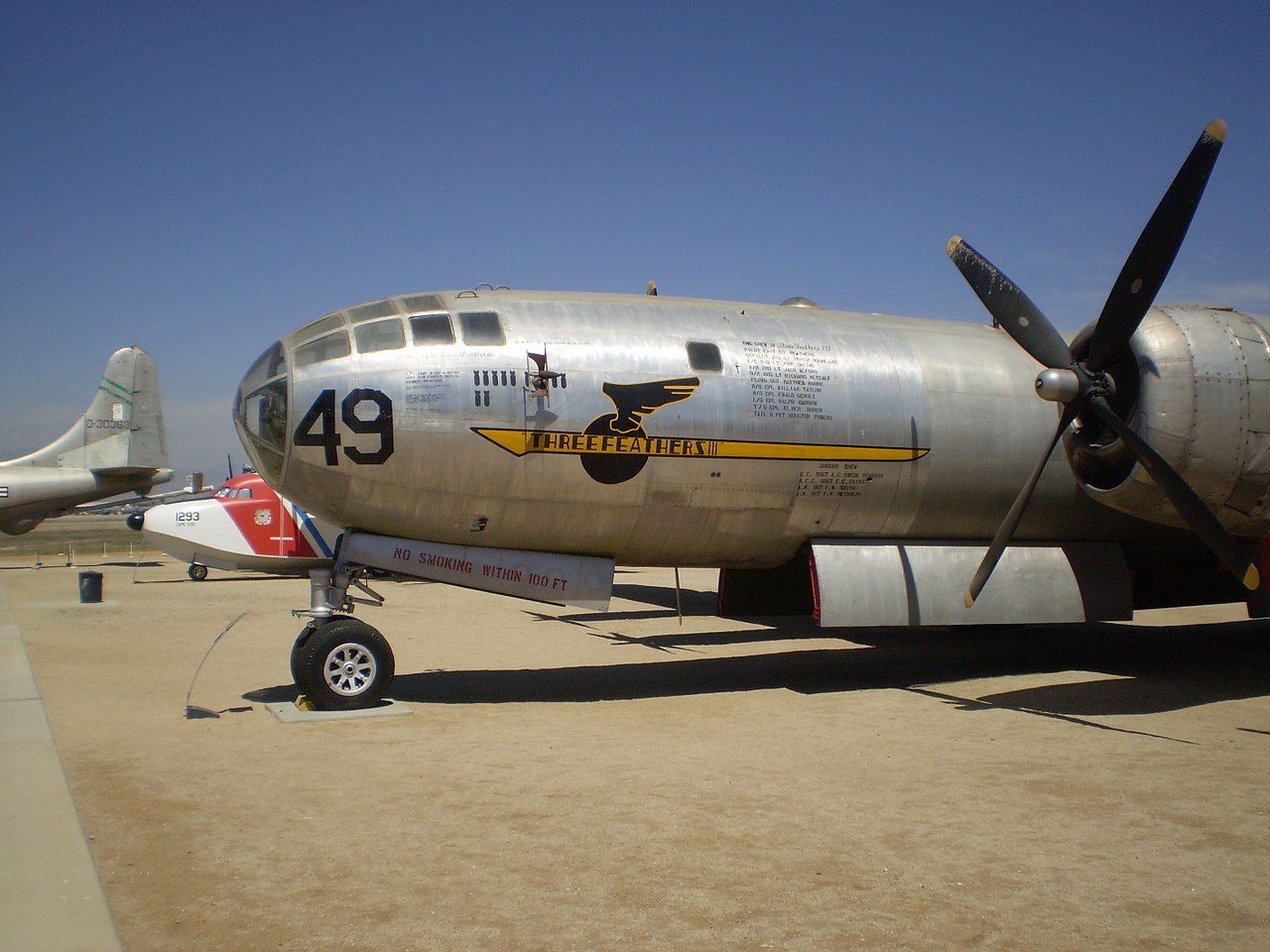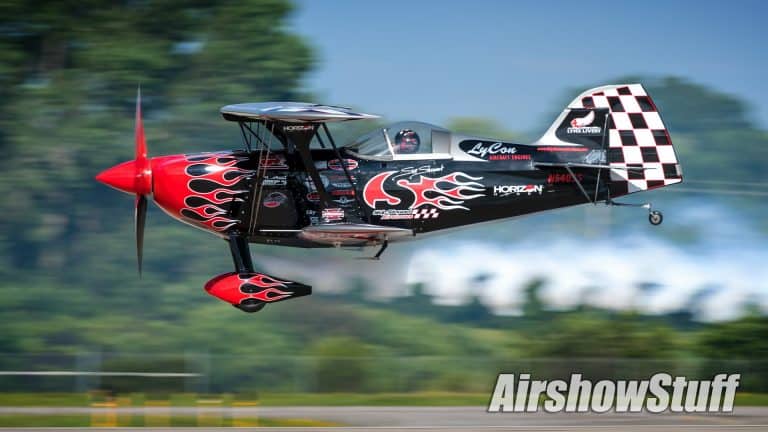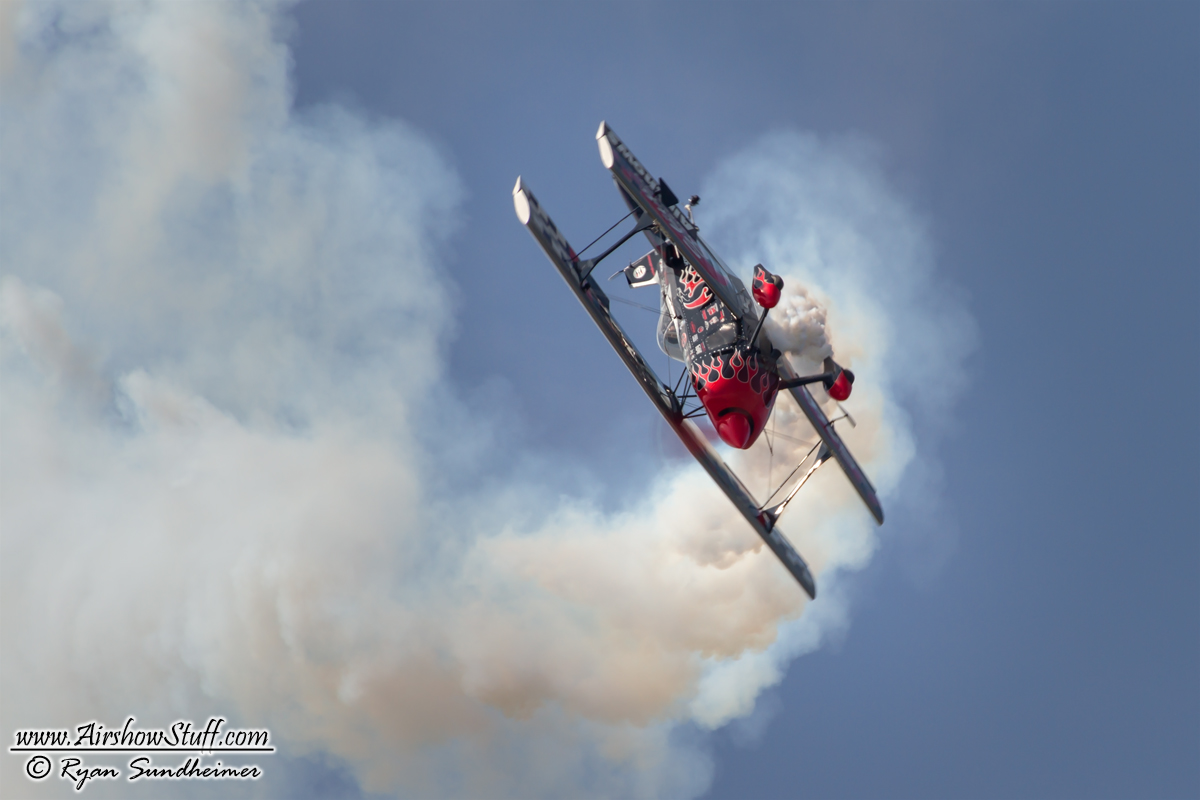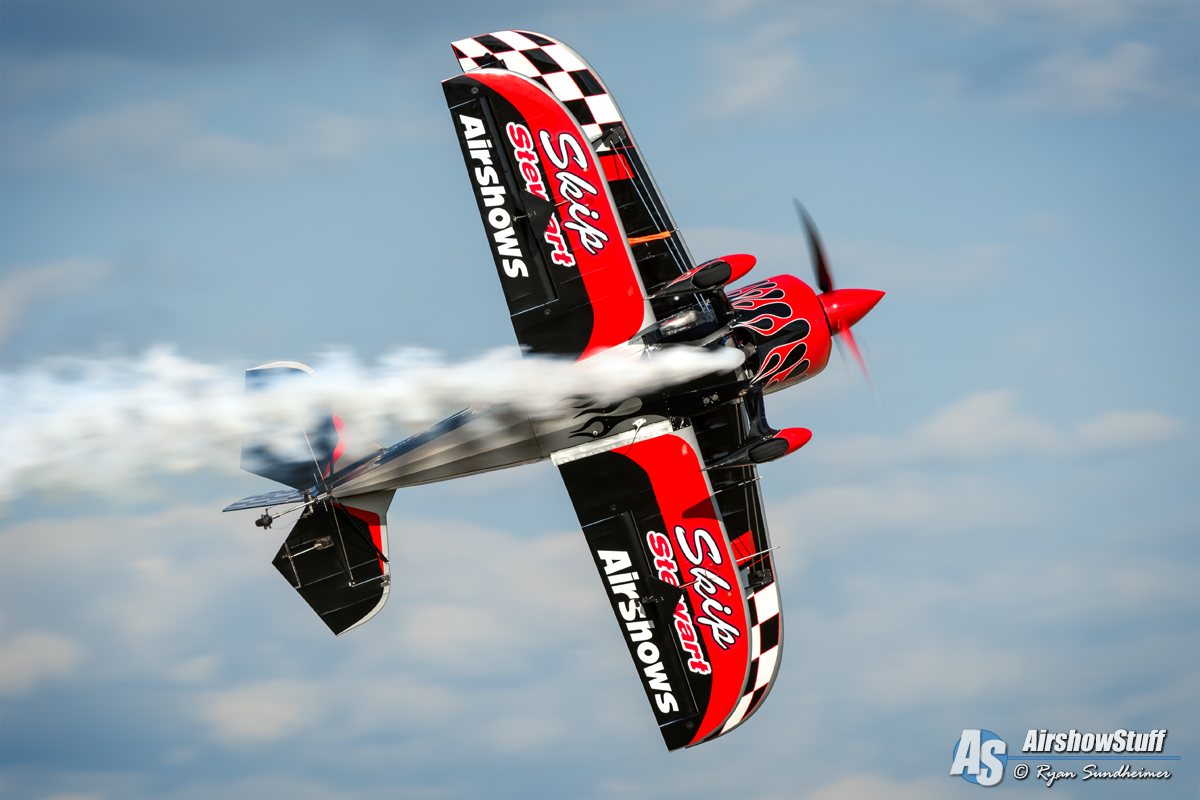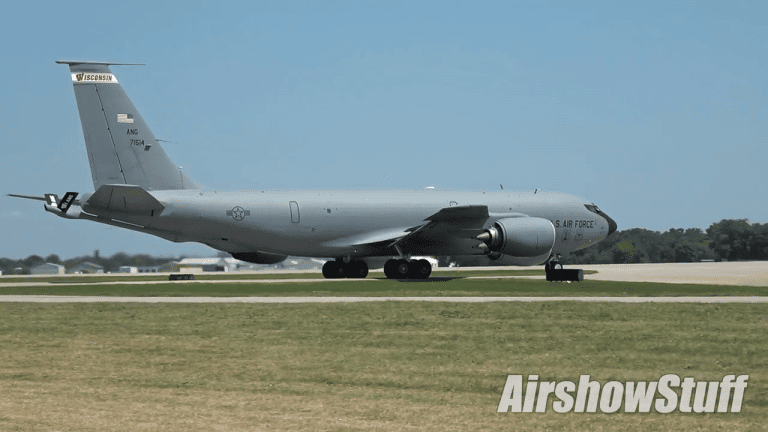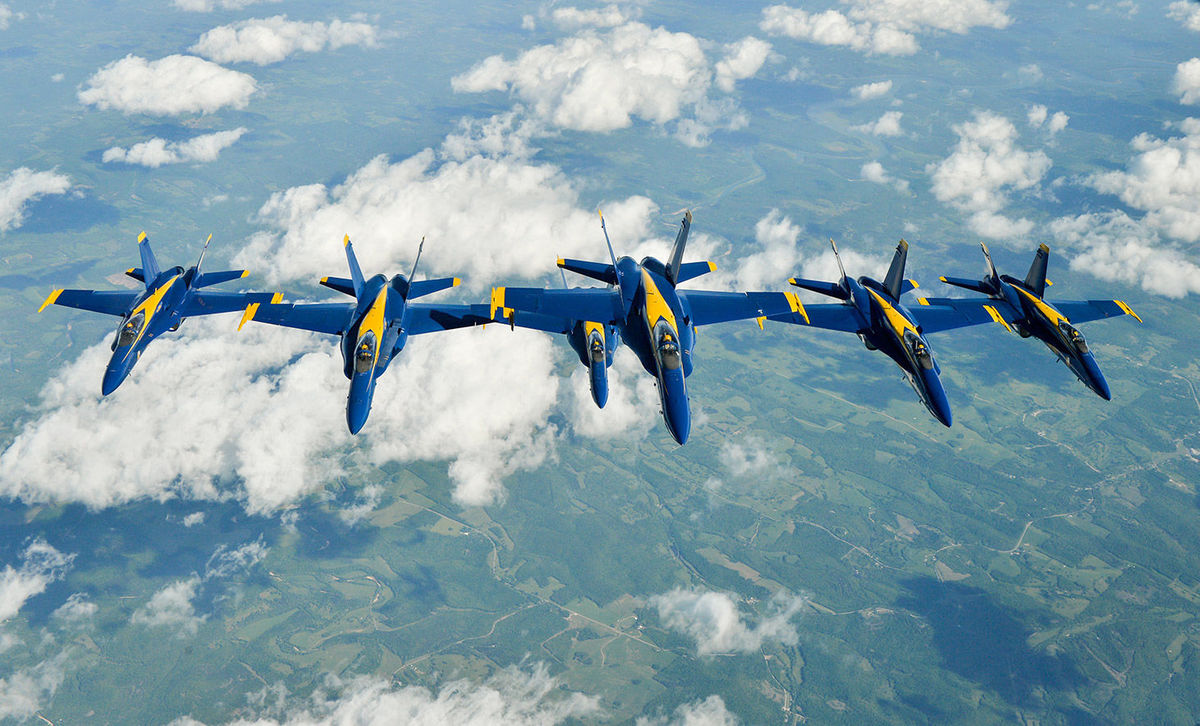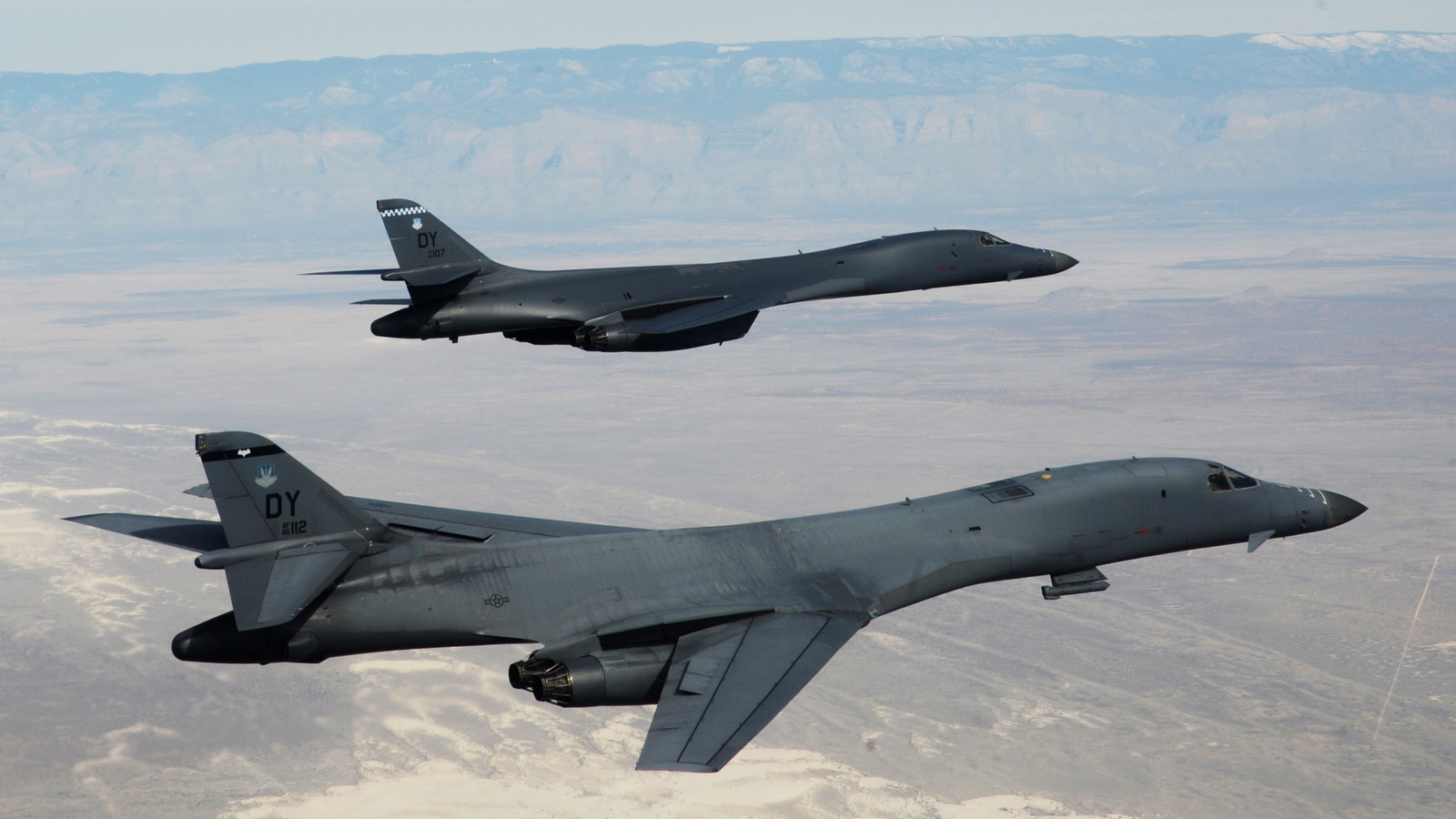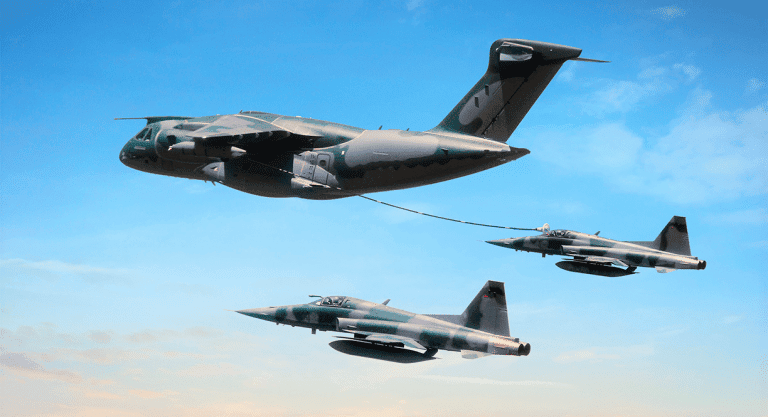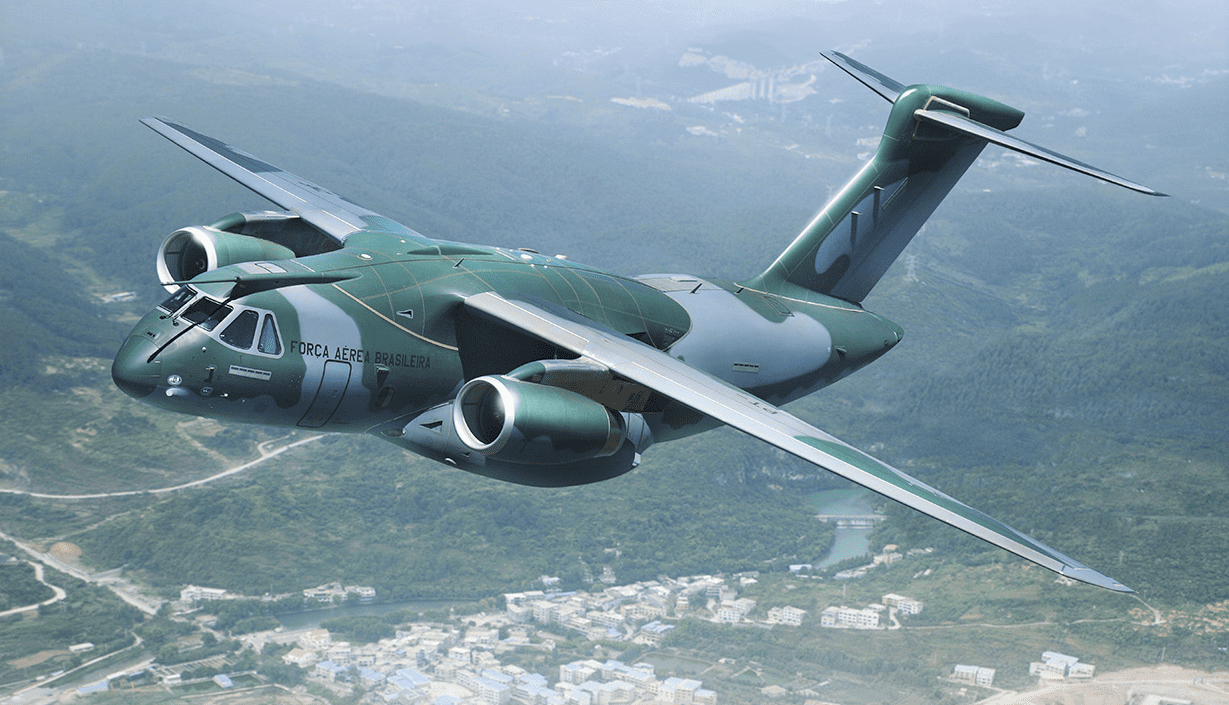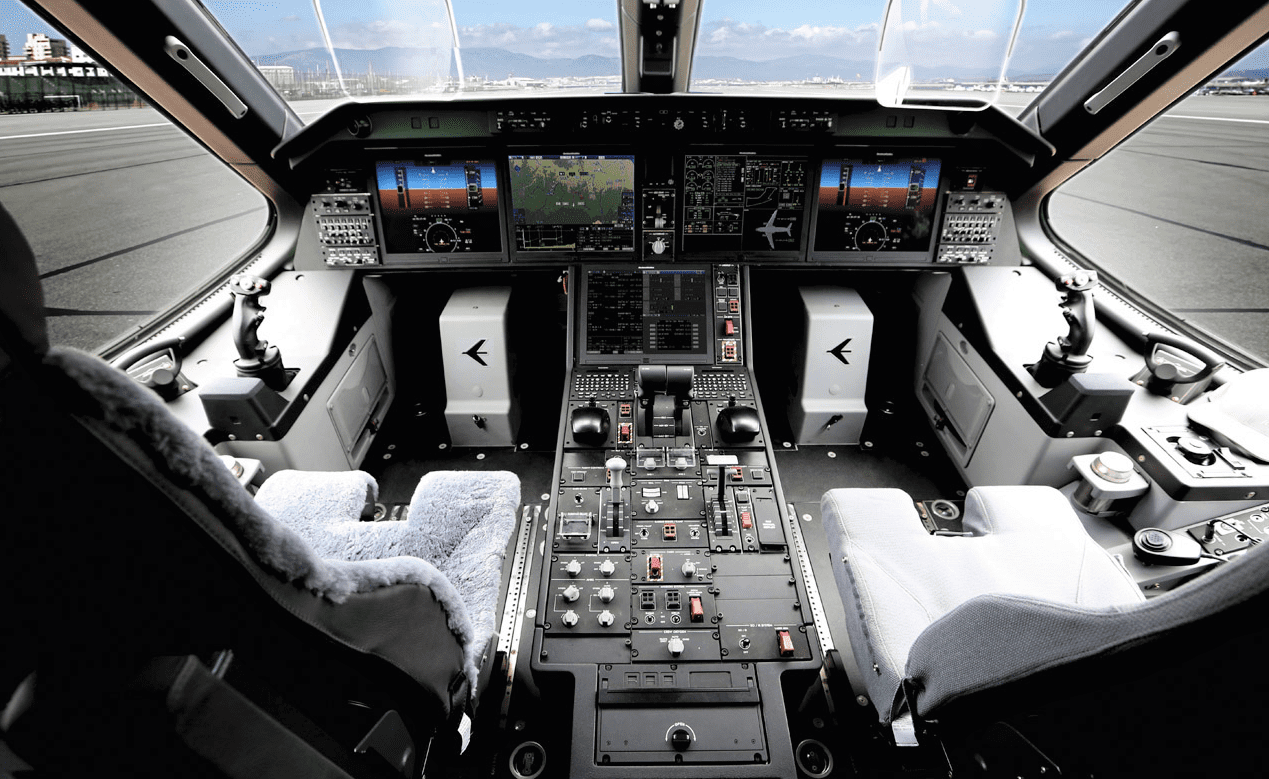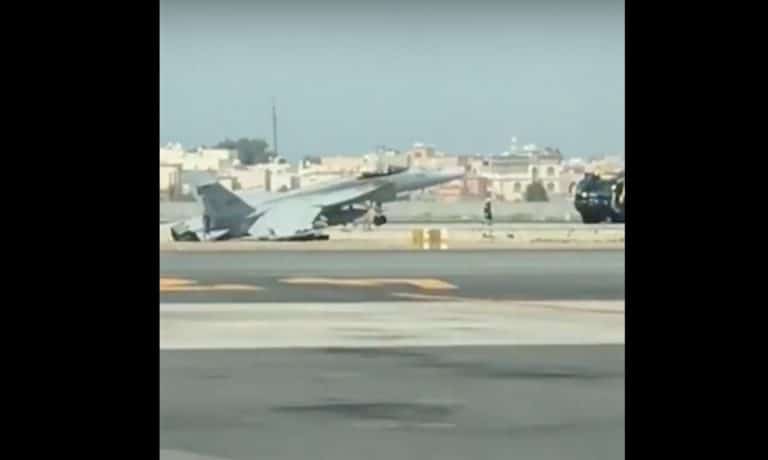July 2017 was a great month for Avgeekery Nation! Regional airshows and events like the New York Airshow in New Windsor, the Tacoma Freedom Fair & Air Show, the Pensacola Beach Airshow, and the Milwaukee Air and Water Show thrilled and wowed crowds during the month. Military events like Sentry Eagle 2017 out in Oregon hosted civilian open houses and several events took place in Canada. The month went out with a bang at EAA Airventure 2017 at Oshkosh. There was something for everyone from one end of the continent to the other and the mid-month Royal International Air Tattoo (RIAT) in the UK for those with trans-oceanic wanderlust.
[youtube id=”OKu-bEji_Lk” width=”800″ height=”454″ position=”left”]
From our good friends at AirshowStuffVideos comes this look at the best of military aviation during the month of July. The video begins with some Rockwell (Boeing) B-1B Lancer action including an impressive night takeoff in full afterburner. Then Carrier Air Wing FIVE (CVW-5) is captured conducting flight ops aboard the carrier USS Ronald Reagan (CVN-76). Next some Army Boeing AH-64 Apaches get some work done. An Air Force 100th Air Refueling Wing (ARW) KC-135R Stratotanker refuels Lockheed Martin F-22 Raptors in the next segment. Then it’s time for some BRRRTT as Fairchild Republic A-10C Warthogs work over some desert targets.
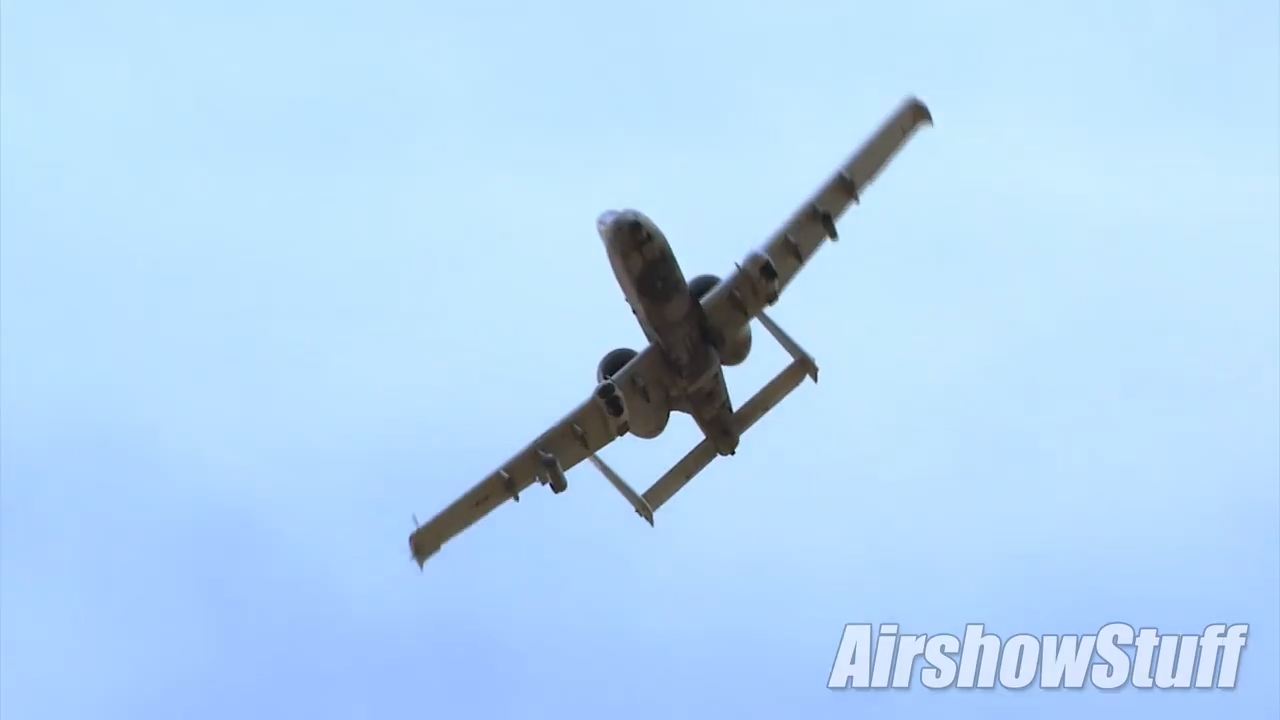
Marine Corps Sikorsky CH-53E Super Stallion helos are shown refueling from a Marine Corps Lockheed Martin KC-130J Hercules tanker, followed by some Air Force Boeing F-15E Strike Eagles operating. A huge gaggle of Australian Army helicopters make an appearance and then B-2 Spirit bombers get in on the action. A Boeing B-52 or two as well as Boeing MV-22B Ospreys, General Dynamics F-16 Vipers, Boeing C-17 Globemaster IIIs, Boeing CH-47F Chinooks, CVW-11 conducting flight ops aboard the carrier USS Nimitz (CVN-68), and some Coast Guard HH-60J Jayhawk rescue practice are also featured. A passel of Army UH-60 Blackhawks do some work and then an Australian Boeing E-7A Wedgetail refuels from a Boeing KC-135R Stratotanker of the 132nd Air Refueling Squadron (ARS), Maine Air National Guard (ANG) to round out the action.
